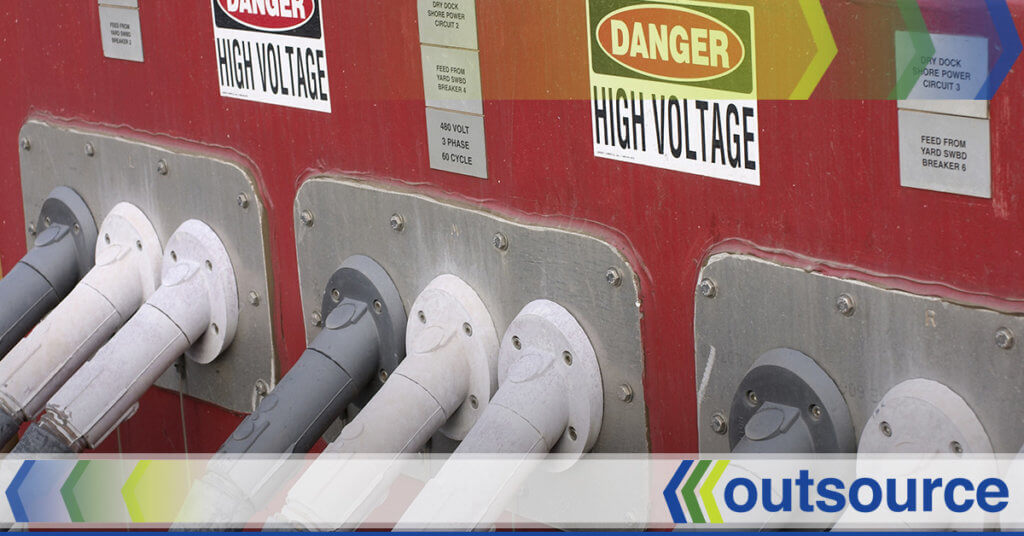
Every manager should be aware of the consequences of having one of their workers injured on the job and the importance of ensuring the safety of each company employee. For starters, if a worker misses days because of a job-related injury, the production schedule will be adversely affected, but there are other serious results as well:
- There will be a workers compensation insurance claim to file
- You may need to hire a replacement worker
- There could be a lawsuit or other legal action
- You will be paying higher workers comp rates
With the Bureau of Labor Statistics reporting over 100,000 nonfatal occupational injuries and illnesses in the manufacturing industry each year, the odds of your company avoiding an accident are not very good—that is, unless you initiate and enforce a safety policy and bring your entire organization on board to support it.
Here are some things to consider:
Establish safety guidelines
Identifying the hazards in your workplace is the place to begin when you want to establish guidelines for safety. If your workers aren’t using safe practices, the chances of injuries can go up substantially. Your workplace should be compliant with all OSHA (Occupational Safety and Health Administration) regulations, and these rules should be posted where all your employees can see them.
After you have confirmed your OSHA compliance, look at some further measures you can take to assure a safe work environment, including receiving proper rest breaks, dress codes, and accident reporting procedures. Communication is critical to the success of any safety program, so solicit input from your workers since their insights will come from working around any potential hazards.
Give them the training they need
After the proper safety guidelines are in place, your employees must be trained and encouraged to follow them. Set up training sessions to educate them on the safety rules of the shop. They will be more likely to cooperate if you make them a vital component of the process. Plus, what you learn from them during these sessions may help you discover additional hazards, making it possible to fine-tune the regulations, and making it more likely that they will comply.
Enforcing the rules
It’s not enough to have safety rules on an eye-catching poster. You’ll need to apply them if you want to have a safer workplace. You’ll have to be careful, however, that you don’t discourage your people from reporting violations and injuries because they are afraid of being subjected to harsh disciplinary measures. If that happens, violations and oversights will never be investigated and alleviated.
Initiate a simple safety management system
The system does not have to be overly complicated. It should include a checklist to help enforce the rules and prevent injuries:
- Conduct inspections
- Change policies and procedures whenever there is a new process or piece of equipment
- Implement a hazard and incident reporting system
- Investigate all accidents and near misses to determine the cause
- Recognize workers for safe work practices
Let us help you find safety-conscious electrical workers
We can help you find your next electrical professional. Contact the experts at Outsource. We are the largest staffing firm in the nation specializing in the placement of low voltage and electrical talent.

Discover The Power of Real Partnership
Let's talk about the world of possibilities and how we can partner to make them a reality.
Our Latest Resources
What's new in the world of work? Check out the latest highlights, including staffing trends, top insights and more.
Be Ready to Answer These Questions at Your Next Job Interview
Whether this is your first job interview or you've done several already, you will probably find yourself with a case of nerves as it begins...
Maneuvering Your Job Search Through a Pandemic
A global pandemic means times are uncertain, stressful and even a bit frightening. While the COVID-19 outbreak has not only caused a health crisis it has also caused an economic crisis as well...














